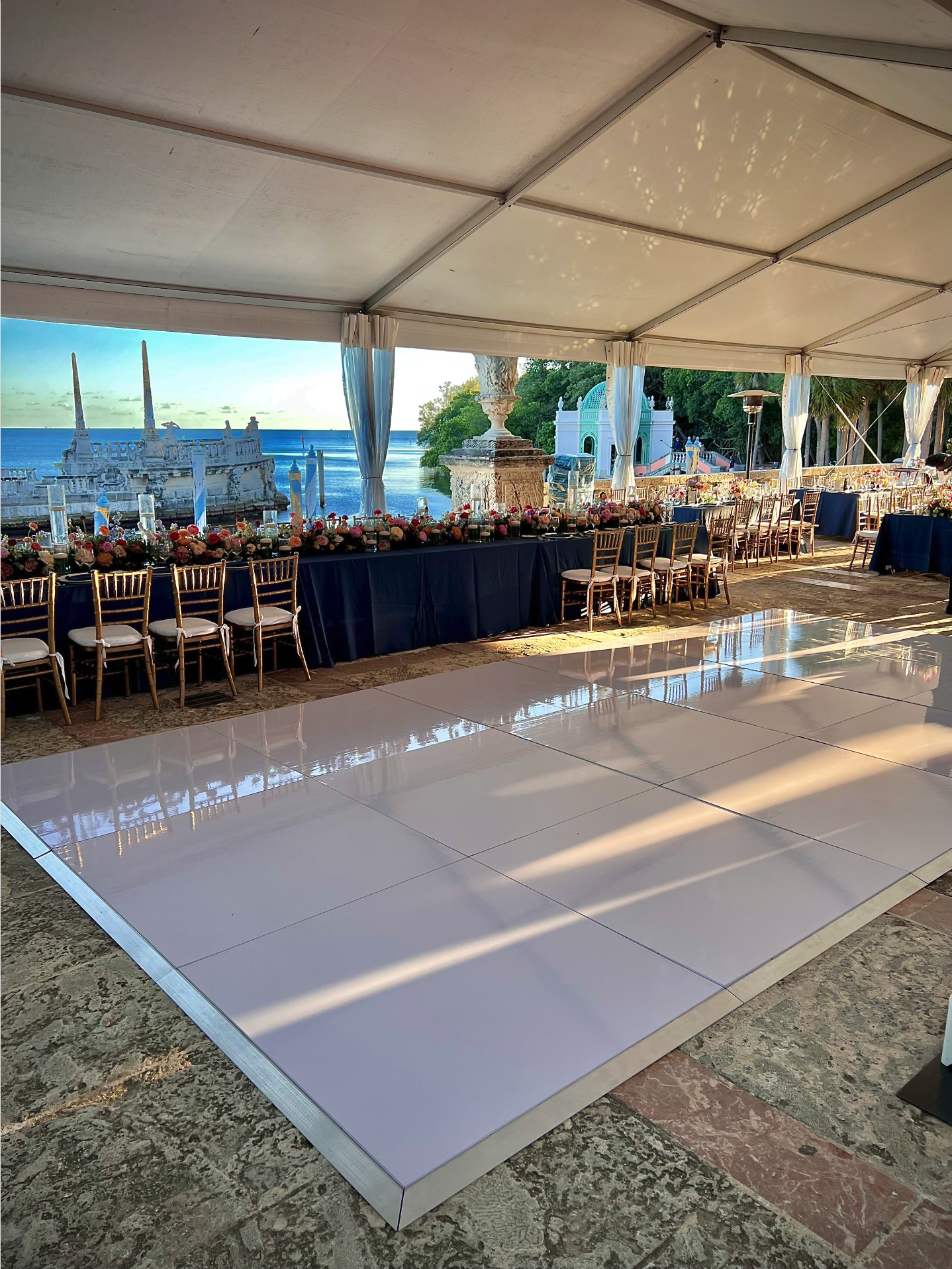Innovative Design Movements Shaping the Prospects of Interactive LED Performance Surfaces
Innovative Design Movements Shaping the Prospects of Interactive LED Performance Surfaces
Blog Article
Interactive light-emitting diode dancing surfaces are progressively favored in multiple recreational locations, such as nightclubs, concerts, and gatherings. These floors utilize advanced tech to generate vibrant lighting showcases that respond to sound and motion. As innovation continues to evolve, several innovative design patterns are shaping the prospects of these responsive dancing surfaces. These trends not just enhance the aesthetic experience but also boost participant engagement and forge a more immersive atmosphere for dancers and audiences alike.
One notable trend in responsive LED dancing surfaces is the integration of intelligent tech. Many new designs incorporate detectors that detect motion and adjust the lighting in response. This means that the surface can change hues, patterns, and effects based on how many individuals are moving and where they are positioned. This responsiveness fosters a dynamic setting that encourages involvement and enthusiasm. Additionally, some designs enable users to manage the lighting through smartphone applications, providing them the power to tailor their experience in the moment.
Another important pattern is the utilization of sustainable resources and energy-efficient tech. As environmental issues grow, many creators are focusing on developing LED dancing floors that are not only visually impressive but also eco-friendly. This comprises utilizing repurposed materials for the surface's construction and adopting energy-saving LED lights. These advancements help minimize the carbon footprint of gatherings while still providing a mesmerizing visual encounter. By prioritizing eco-friendliness, designers are attracting to a more environmentally aware audience.
The integration of enhanced virtual reality (AR) is also transforming the responsive dancing floor experience. AR tech allows participants to see virtual images and animations superimposed on the real environment through their smartphones or AR glasses. This can enhance the dancing floor encounter by introducing virtual elements that view it now engage with the physical environment. For example, dancers might witness animated figures or graphic effects that respond to their movements, creating a distinctive and engaging environment. This pattern is particularly appealing to millennial crowds who are accustomed to virtual engagements in their daily activities.
Furthermore, the styling of responsive light-emitting diode dance surfaces is becoming more flexible and adaptable. Many recent designs can be readily installed in different environments, from temporary gatherings to long-term installations. This flexibility enables venues to create customized experiences that cater to various themes and crowds. Some models even feature interchangeable parts that can be rearranged to create varied configurations and layouts. This flexibility not only improves the aesthetic appeal but also allows for artistic design in event planning.
In summary, the future of interactive light-emitting diode dance surfaces is being influenced by innovative design patterns that concentrate on technology, sustainability, enhanced virtual reality, and versatility. These advancements are producing more engaging and immersive encounters for participants, making dance floors a key element of entertainment venues. As these patterns keep to evolve, they will likely reshape how people engage with music and movement, guaranteeing that responsive LED dance surfaces stay a favored choice for events and celebrations.